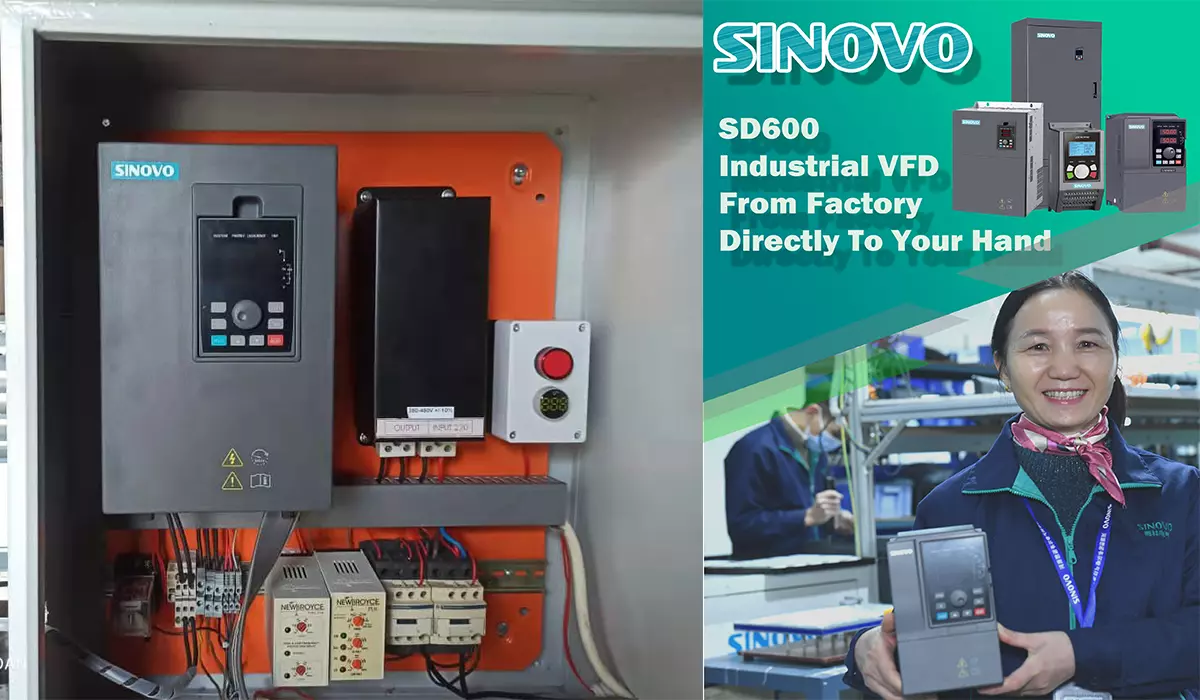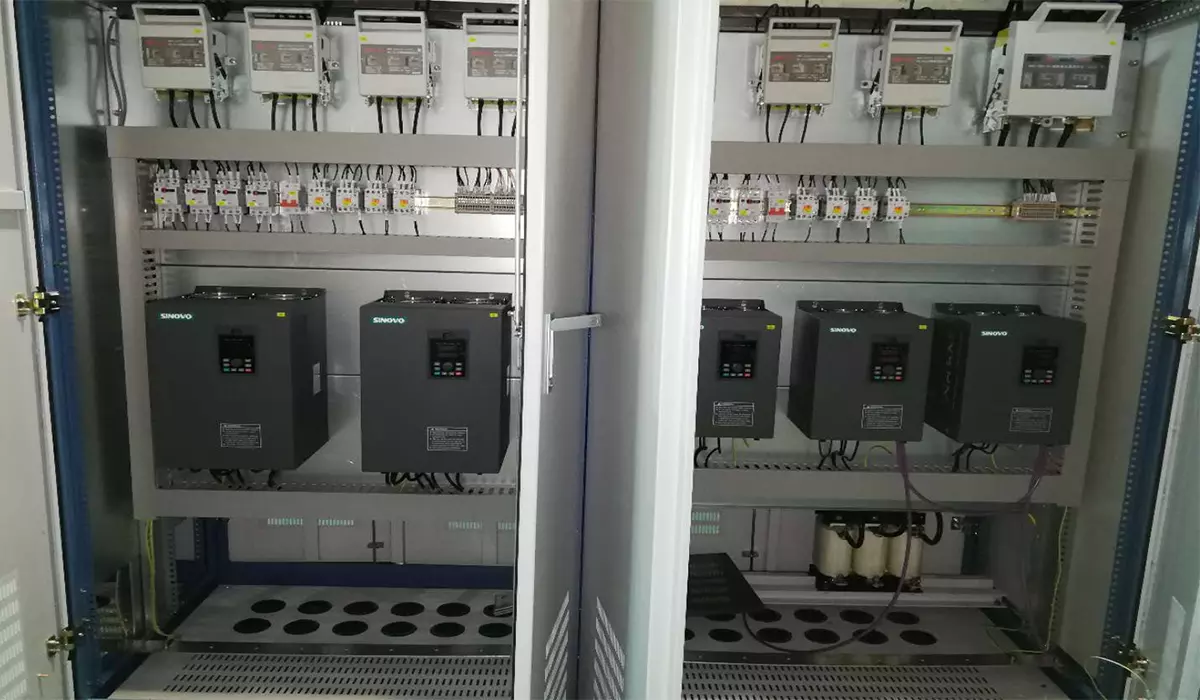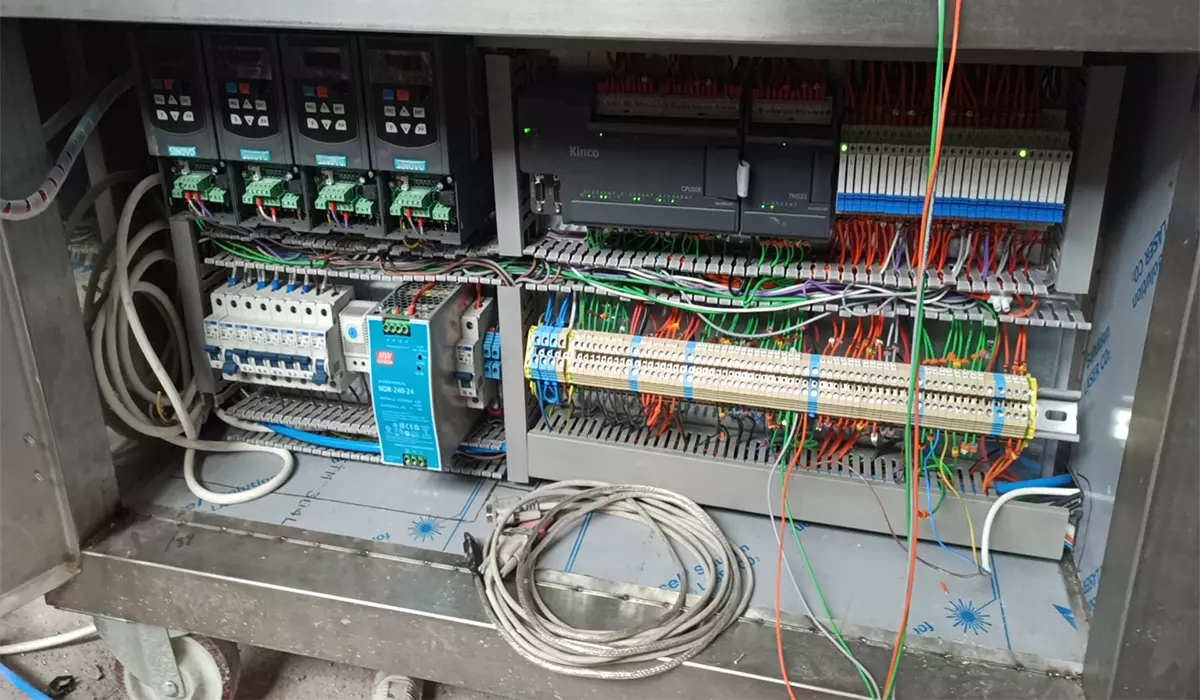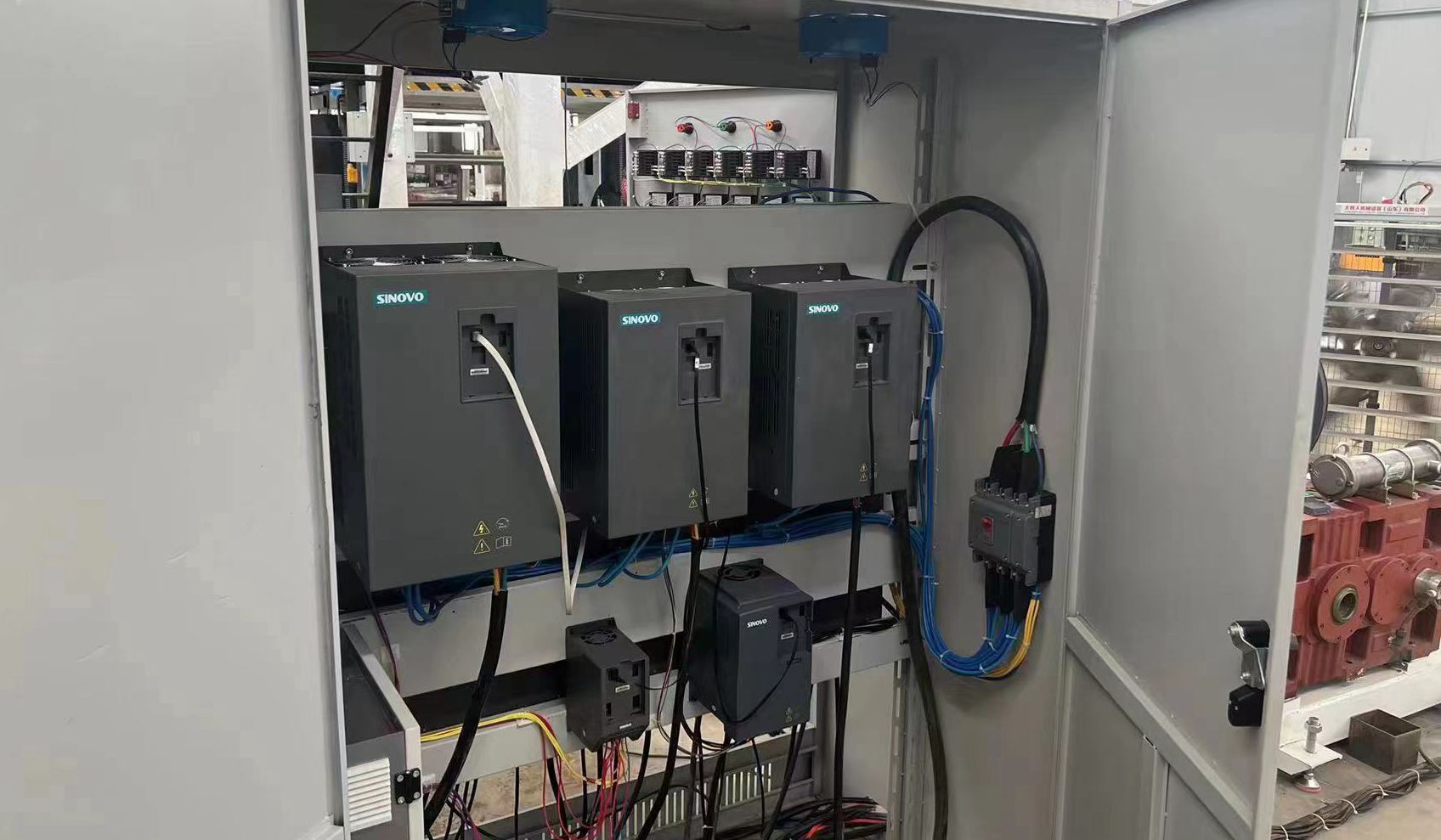Elevators, powered by electric motors, are integral to urban development, facilitating vertical transportation in various structures. Among them, escalators with box-shaped cabins are employed for passenger and freight transport in multi-story buildings. Another type, the step-type escalator, utilizes continuous motor-driven movement, commonly known as an automatic escalator or escalator. Today, elevators are indispensable in public facilities and essential in high-rise residences and large malls.
Most escalators use single-speed AC motors as the main engine and sprocket chain transmission, and the rated speed of the steps is mostly 0.5m/s. This type of escalator still runs at rated speed even when no passengers are in use. It has the disadvantages of high energy consumption, serious mechanical wear, and short service life. Specific energy-saving solutions will be proposed below to address the shortcomings of this elevator.
Common Challenges in Escalators
Most automatic escalators feature single-speed AC motors with chain-driven mechanisms, operating at a rated speed of 0.5m/s even when not in use. This operational model results in significant energy consumption, mechanical wear, and a relatively short lifespan.
Energy-Efficient Retrofit for Escalators
To address the drawbacks of traditional escalators without compromising normal usage, we introduce the concept of vector variable frequency drive (VFD) without speed sensors. The VFD adjusts the speed based on sensor signals. When passengers are detected, the escalator operates at its original speed (50Hz); when unoccupied, it decelerates or stops.

System Requirements for VFD Implementation
The VFD system must ensure smooth startup, excellent acceleration performance, high starting torque, robust overload capacity, and the ability to automatically switch to line frequency operation in case of VFD system failures, safeguarding the escalator’s operational functionality.
Implementation of VFD for Energy Savings
The chosen solution involves integrating a VFD control cabinet specifically designed for escalators. Traditional escalators, even when idle, operate at full speed, leading to substantial energy wastage. By employing infrared sensors to detect human presence and automatically adjusting the speed when unoccupied, energy consumption during idle periods can be reduced by 30% to 50%. The system intelligently identifies passenger arrival through photoelectric sensors at the entrance, enabling seamless transition between full-speed operation and slow-speed operation based on usage.
Transformed Handrail Escalator Features
1.Dual Operating Modes: The retrofit maintains the original “constant-speed operation” mode and adds a “variable-speed operation” mode. Users can choose between the modes, ensuring flexibility and ease of maintenance.
2.Smooth Speed Transitions: In the “variable-speed operation” mode, the escalator exhibits gradual startups and stops, ensuring smooth speed transitions and enhanced user comfort.
3.Safety Compliance: Post-modification, the system complies with national safety standards for handrail escalators in any operating mode.
Advantages of VFD Retrofit
By utilizing a VFD to drive the handrail escalator, the system meets stringent startup and operational requirements. Simultaneously, it reduces mechanical wear, extending equipment lifespan. The ability to adjust motor speed significantly contributes to energy efficiency, making the system more environmentally friendly. This is achieved while maintaining safety and reliability.
The integration of a variable frequency drive into handrail escalators represents a significant step toward achieving energy efficiency without compromising operational performance. The retrofit ensures a smooth transition between traditional and energy-saving modes, offering users the choice to adapt based on their needs. The result is a modernized, eco-friendly escalator system. This system aligns with contemporary energy conservation goals, promising a longer lifespan and sustained reliability.
More: Introduction To Ten Basic Knowledge Of Elevator Frequency Inverter
Elevators, powered by electric motors, are integral to urban development, facilitating vertical transportation in various structures. Among them, escalators with box-shaped cabins are employed for passenger and freight transport in multi-story buildings. Another type, the step-type escalator, utilizes continuous motor-driven movement, commonly known as an automatic escalator or escalator. Today, elevators are indispensable in public facilities and essential in high-rise residences and large malls.
Most escalators use single-speed AC motors as the main engine and sprocket chain transmission, and the rated speed of the steps is mostly 0.5m/s. This type of escalator still runs at rated speed even when no passengers are in use. It has the disadvantages of high energy consumption, serious mechanical wear, and short service life. Specific energy-saving solutions will be proposed below to address the shortcomings of this elevator.
Common Challenges in Escalators
Most automatic escalators feature single-speed AC motors with chain-driven mechanisms, operating at a rated speed of 0.5m/s even when not in use. This operational model results in significant energy consumption, mechanical wear, and a relatively short lifespan.
Energy-Efficient Retrofit for Escalators
To address the drawbacks of traditional escalators without compromising normal usage, we introduce the concept of vector variable frequency drive (VFD) without speed sensors. The VFD adjusts the speed based on sensor signals. When passengers are detected, the escalator operates at its original speed (50Hz); when unoccupied, it decelerates or stops.

System Requirements for VFD Implementation
The VFD system must ensure smooth startup, excellent acceleration performance, high starting torque, robust overload capacity, and the ability to automatically switch to line frequency operation in case of VFD system failures, safeguarding the escalator’s operational functionality.
Implementation of VFD for Energy Savings
The chosen solution involves integrating a VFD control cabinet specifically designed for escalators. Traditional escalators, even when idle, operate at full speed, leading to substantial energy wastage. By employing infrared sensors to detect human presence and automatically adjusting the speed when unoccupied, energy consumption during idle periods can be reduced by 30% to 50%. The system intelligently identifies passenger arrival through photoelectric sensors at the entrance, enabling seamless transition between full-speed operation and slow-speed operation based on usage.
Transformed Handrail Escalator Features
1.Dual Operating Modes: The retrofit maintains the original “constant-speed operation” mode and adds a “variable-speed operation” mode. Users can choose between the modes, ensuring flexibility and ease of maintenance.
2.Smooth Speed Transitions: In the “variable-speed operation” mode, the escalator exhibits gradual startups and stops, ensuring smooth speed transitions and enhanced user comfort.
3.Safety Compliance: Post-modification, the system complies with national safety standards for handrail escalators in any operating mode.
Advantages of VFD Retrofit
By utilizing a VFD to drive the handrail escalator, the system meets stringent startup and operational requirements. Simultaneously, it reduces mechanical wear, extending equipment lifespan. The ability to adjust motor speed significantly contributes to energy efficiency, making the system more environmentally friendly. This is achieved while maintaining safety and reliability.
The integration of a variable frequency drive into handrail escalators represents a significant step toward achieving energy efficiency without compromising operational performance. The retrofit ensures a smooth transition between traditional and energy-saving modes, offering users the choice to adapt based on their needs. The result is a modernized, eco-friendly escalator system. This system aligns with contemporary energy conservation goals, promising a longer lifespan and sustained reliability.
More: Introduction To Ten Basic Knowledge Of Elevator Frequency Inverter
continue reading
Related Posts
Variable Frequency Drives (VFDs) and motors are integral components in industrial automation, each serving distinct yet interconnected roles in controlling […]
Variable frequency motors (VFMs) are crucial in modern industrial applications due to their efficiency and precise control over motor speed […]
Variable Frequency Technology (VFT) is increasingly being recognized as a game-changer in the industrial automation sector, particularly in applications involving […]



